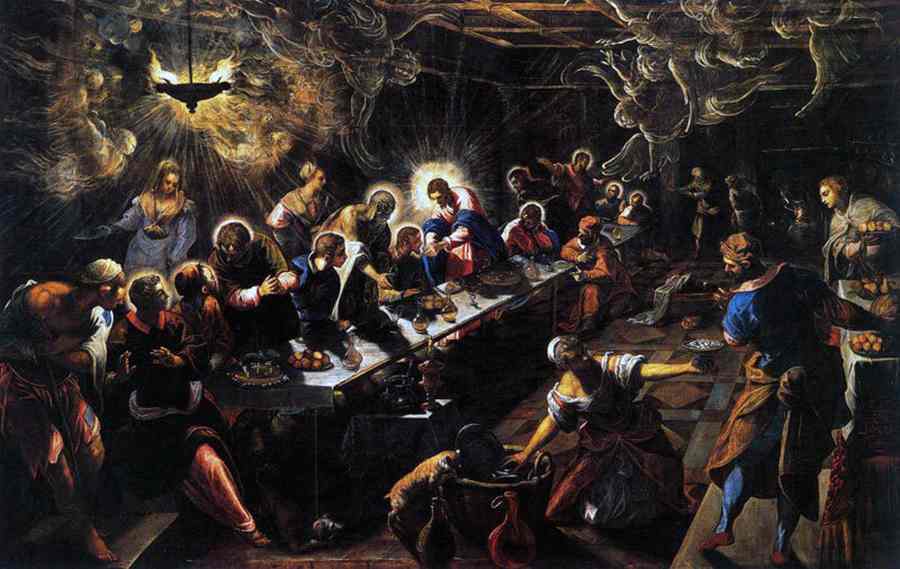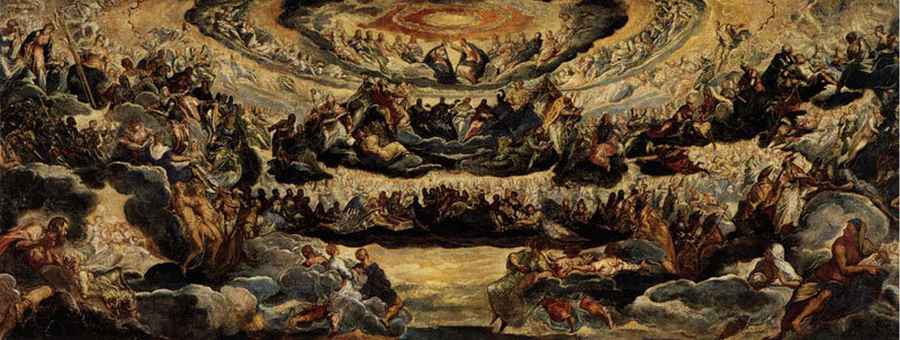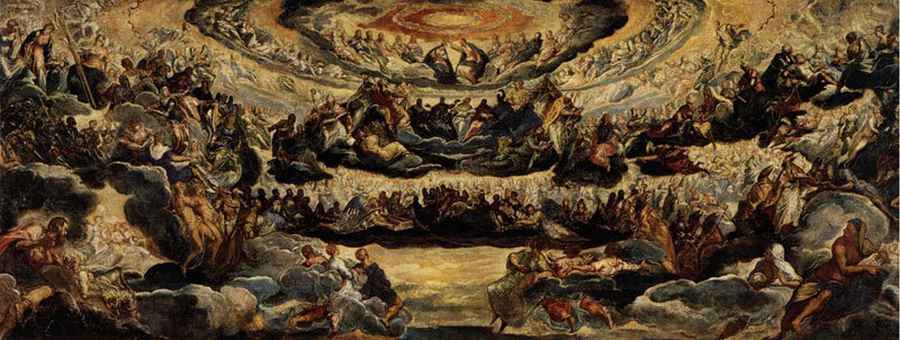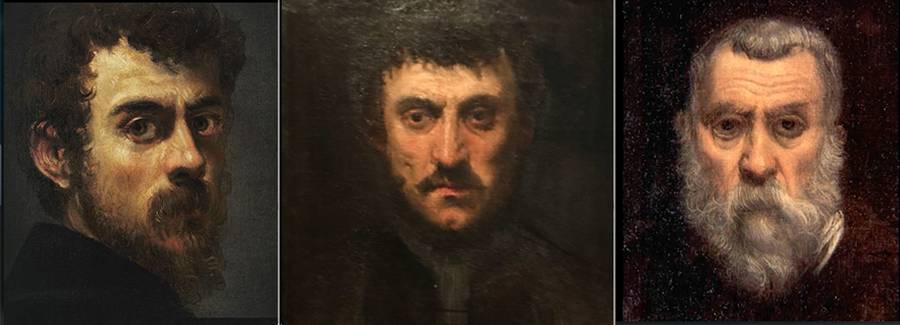Tintoretto: Three Masters of the Venetian School of Painting in the Late Renaissance (Part 2)
Scott Cai
July 24, 2023
Image copyright©️Scott Cai
[New Three Talents First Release] Tintoretto (Tintoretto, 1518-1594) was the last great painter of the late Italian Renaissance, and one of the "Three Masters" of the Venetian School along with Titian and Veronese. Due to his extraordinary energy in painting, he was known as "Il Furioso" (The Furious One). His dramatic use of perspective and light effects made him a forerunner of Baroque art.
Born in Venice, Tintoretto was the eldest son of a dyer father, earning him the nickname "Tintoretto" (meaning "little dyer"). He had a talent for painting since he was a child. His father sent him to Titian's studio as an apprentice, but after only ten days, he was sent home by Titian. It is said that Titian was jealous of his talent. Another theory is that Titian thought that his talent could be used as a painter instead of being an apprentice.
Tintoretto has been mainly self-study since then, and he started by imitating Michelangelo's sculptures.
From 1546 he accepted commissions to paint frescoes for churches. He painted three famous works for the Madonna dell'Orto in Venice: "The Worship of the Golden Calf", "Presentation of the Virgin in the Temple" and "The Last Judgment", which has since become famous.
In 1548, Tintoretto was commissioned by the Scuola di S. Marco to paint "The Miracle of the Slave", "Finding of the Body of Saint Mark", "Saint Mark's Body Brought to Venice" and "Saracen Saved by Saint Mark in Shipwreck" People" (St Mark Rescuing a Saracen from Shipwreck). These four paintings brought him great fame, including Titian's praise, and his status changed a lot.
In 1560, he began work on the decorative design of the San Roque Town Hall, which had a poorly lit interior. Due to the success of the Zenith painting, he was commissioned to paint other mural paintings, many of which received only a nominal fee.
In 1577, he decorated the entire church of San Rocco. He completed 3 paintings every year and received 100 ducats. Until his death, he received a total of 2447 ducats. He decorated the hall with 52 masterpieces and many small decorations.
In addition, Tintoretto also completed some portraits and historical paintings. His most famous work is the oil painting "Paradise", which is 22.5 meters long and 9 meters high. It is the largest oil painting on canvas in history. This painting also exhausted his energy and became his last famous work.
In 1594, Tintoretto died of a stomach ailment, and he hardly left Venice in his life.






(Author: Bai Ding)
(Editor in charge: Jiang Qiming)
(Source of the article: New Sancai first release)
